Small businesses need effective marketing to reach new customers and keep their current ones happy. We all know how important it is to have a great product or service.
If you ever wondered why some companies completely dominate their market and take up all the market share, this is because they know how to market their product or service.
The objective of marketing is to identify your target audience for your items or services and then apply the appropriate marketing strategy. Fortunately, as a small business owner, you have many options when it comes to marketing.
If you are completely new to marketing or looking to enhance your existing marketing strategy, this article will take you through 7 key marketing strategies for small businesses.
What to consider when selecting a small business marketing strategy
Take a moment to consider these things before proceeding with your marketing strategy.
Marketing goals
Goals are the foundation of any marketing strategy. You must first establish your objectives before you can start your marketing efforts. For example, are you trying to attract new consumers? Manage your company’s reputation? Referred to as reputation management, or achieve other goals like customer retention or sales growth?
Setting goals allows you to build a marketing strategy that matches your limited time, resources, and budget towards local marketing methods that help you reach your business and marketing objectives.
Customer and market insights
Understanding your target market is another consideration. What is it about your company that makes them want to learn more? Where do they spend their online time? Understanding these aspects of people is critical to designing successful marketing campaigns.
Also, understand your market dynamics. For example, who are your rivals, and how do they interact with consumers? What might industry trends affect how customers engage with your business?
The means to obtain these insights is through research. Look for industry information on the internet, call competitors, and talk with your consumers.
ROI
Small business marketing strategies may be challenging since it depends on limited resources and funds. As a result, effective marketing leverages efforts around the procedures that offer the highest return on investment for your marketing dollars.
To determine which strategies provide a good return on investment, you must test numerous techniques and collect real-world data before determining whether it’s worthwhile to invest more into the strategy or explore other options.
Seven ways you can market your small business
Small businesses may use several cost-effective marketing channels. The following discusses effective digital marketing tactics for expanding your business. Whether you’re launching a new company or performing B2B marketing for an existing one, these tactics can help you reach your goals.
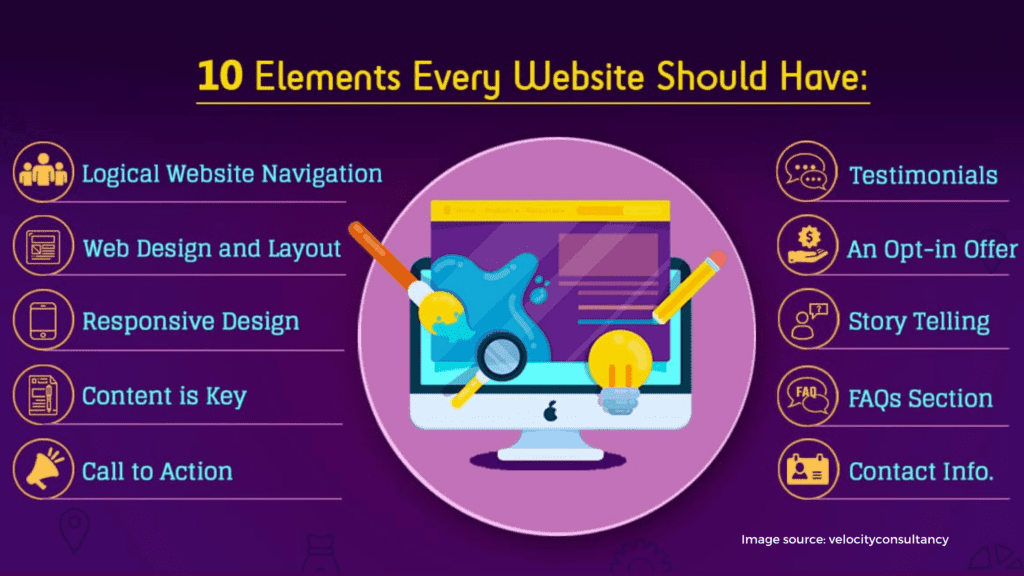
1. Business website
The foundation marketing component required to connect with today’s digitally-driven consumers is a business website. Your website is your company’s brochure, informing potential consumers about what you have to offer and why they should purchase from you.

Your website is also the first port of call for everyone who comes to your site via online channels like a Google search or an email marketing campaign.
There are several alternatives to creating a website that does not cost money or necessitate technical understanding. For example, even a Facebook page may be used as a placeholder for your actual website, albeit only temporarily while you develop it.
Tips for using a business website
Here are some pointers to assist you in getting the most out of your website in terms of sales and marketing efforts:
- Incorporate SEO: Consumers rely on search engines like Google to find businesses similar to yours. As a result, make sure your website is optimized for search engines. This is referred to as search engine optimization (SEO). It covers both the technical and content sides of your website’s creation. If you use a content management system (CMS) to create your website, the technical component of SEO is in place. Then it’s simply a question of reviewing inbound marketing approaches to address the content component.
- Support mobile devices: Today, everyone owns a mobile phone, and it is used to do a variety of online tasks, including researching businesses. A bad mobile website might turn away potential customers. It’s essential that your website works well on a smartphone or tablet than a desktop computer, given that so many people have mobile phones these days.
- Employ a CMS: It’s easier than ever to create a website with a CMS like Wix. Such application platforms provide tools for creating websites without any coding skills necessary. A CMS can create a professional-looking website at a fraction of the cost of hiring a professional, whether you offer B2B sales or photography services. It also includes SEO best practices and support for mobile devices.

2. Google’s marketing options
We know Google as a search engine, but the firm also provides various marketing solutions. As a result, you may reach a vast audience at reasonable rates. As a result, Google is an essential component of small company marketing plans.
Google’s two main marketing options for small companies are search engine marketing (SEM) and Google My Business.
Businesses that advertise on SEM pay for text advertisements to be displayed above Google’s search results. Still, they only get paid when a person interested in their products clicks the ad and goes to your website. Small firms gravitate to SEM because of this approach, and it is sometimes their only marketing technique.
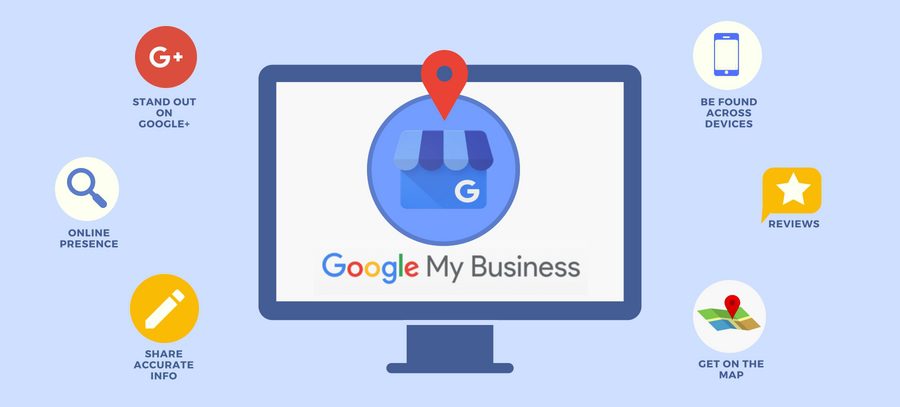
Because of Google My Business, organizations provide Google with company information, which the search engine uses to power its many services, including its popular search engine and Google Maps. Your firm will get exposure to Google’s enormous pool of users by submitting these data to Google My Business. Furthermore, you may read and reply to client reviews and get information such as how many people Google referred to your firm. Finally, Google My Business is completely free to use.
Tips for using Google’s marketing options
Use these ideas as a jumpstart to Google’s numerous marketing opportunities:
- Adopt Google My Business: There are no drawbacks to utilizing Google My Business in exchange for free exposure for your company. Your website is also more likely to rank higher in Google because you guarantee that your company information is correct. If Google cannot access your company’s data, it may obtain incorrect business details, such as an incorrect phone number or wrong working hours. Avoid this by providing Google with accurate information about your firm.
- Weigh SEM pros and cons: SEM (Search Engine Marketing) is a difficult and time-consuming process to set up and maintain. You must comprehend the auction bidding method, the use of keywords and negative keywords, ad group functionality, and other factors. Consider the benefits of SEM as a marketing tool against the time investment needed to execute it. It’s a smart idea to research local businesses that may benefit from your knowledge or services. There are several reasons to prevent the purchase, and you can always hire someone to do it for you or choose another marketing approach.
- Investigate other Google services: Google’s advertising tools include the option to make calls through click-to-call. Like other search engines, Google allows you to buy advertisements on Google Maps, which direct visitors to your physical store or office. The most significant incentive to use Google’s services is that you may establish your budget.
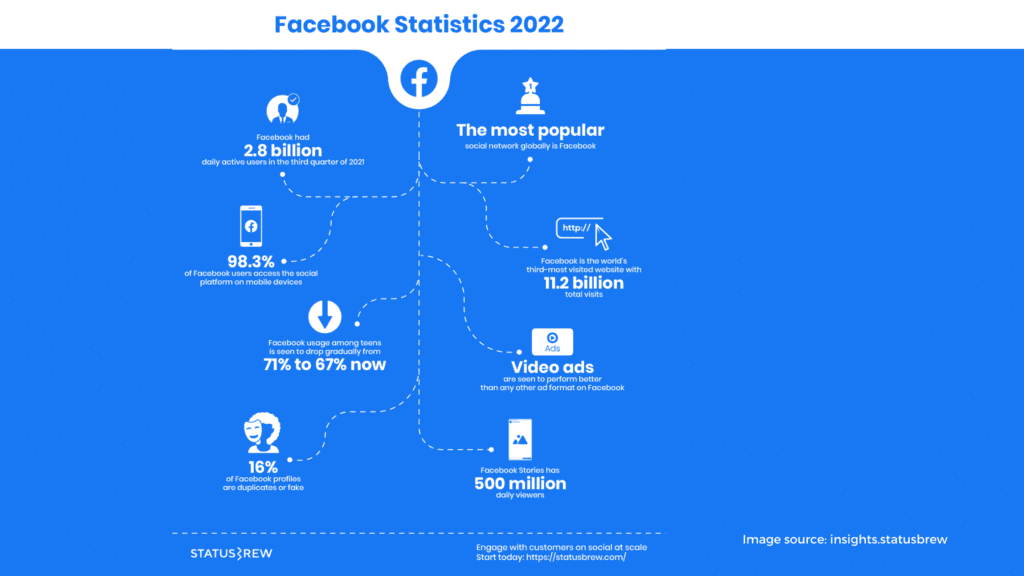
3.Social media marketing
Small businesses nowadays use social media as an effective marketing approach. Social networking sites such as Facebook give comprehensive client analytics and data insights that allow you to precisely target your advertisements to this audience.
Furthermore, social media plays a critical role in reputation management. Anyone may leave unfavorable comments and reviews about your firm on the internet. Customers might desert you as a result of these negative postings.
You must be active on social media to be effective. The effectiveness of its advertising and low cost if your time and money restrictions allow you to pick only one marketing approach, social media should be your first choice.
Tips for using social media
Here are some helpful hints for incorporating social media into your marketing plan:
- Choose the best social network for your business: Not all social networks have the same results for a company. Choose your social networks based on the type of business you run. Pinterest is great for retailers, while LinkedIn may be better suited for B2B marketing techniques.
- Prioritize Facebook: If you have to pick just one social network, go with Facebook. It’s the world’s largest social network and the owner of Instagram, another popular social media platform.
- Adopt software for multiple networks: Even big firms lack the tools to maintain a presence on Twitter, Facebook, and dozens of other social networking sites where consumers congregate. Use software applications that specialize in social media management if you want to manage numerous social networking accounts. With one software platform, you may post material to numerous social networking sites at once and receive notifications so you can catch and address negative feedback.
- Respond quickly to comments: Create a system where someone in your company can respond to consumer feedback within 24 to 48 hours. Consumers understand that no one can be pleased all of the time, so it’s not the lack of positive feedback that causes problems but a lack of corporate response. When responding to negative feedback, make it a point to address the concerns right away. It demonstrates that you care about client service.

4.Email marketing
The term “small business” is most often used to describe direct marketing. This approach entails a firm making contact with a certain segment of customers, such as distributing pamphlets to residents.
Email marketing is one of the most common direct response marketing strategies. However, it’s adaptable enough to be used by any sort of organization. For example, an e-commerce email marketing campaign may be run by a store, while an insurance firm can send out an email newsletter packed with helpful tips like home security.
The ability to customize emails according to different customer segments is another major advantage. For example, send a welcome letter to new clients to develop and strengthen your connection. On the other hand, repeat customers might get a follow-up email thanking them for their business with a discount to encourage repeat purchases.
Personalized messaging is more likely to catch the attention of distracted consumers than a one-size-fits-all email. As a result, personalized emails boost customer engagement and the ultimate purchase of your company’s products and services.
So, how do you get consumer email addresses to use for email marketing? Purchasing an email list is one option, but you may also gather the emails yourself by asking clients to sign up as you build your client base.
Tips for using email marketing
Small business email marketing may appear difficult, so here are some pointers to assist you:
- Manage email communication with ease using email marketing software: A solution like Mailchimp eliminates the complexity of email marketing administration by providing automated procedures.
- Employ customer segmentation: The basis for individualized email messaging is segmenting your client base. With the help of CRM software, you can segment your customers into distinct groups. Some vendors provide free versions, while the best email marketing software also has customer segmentation features.
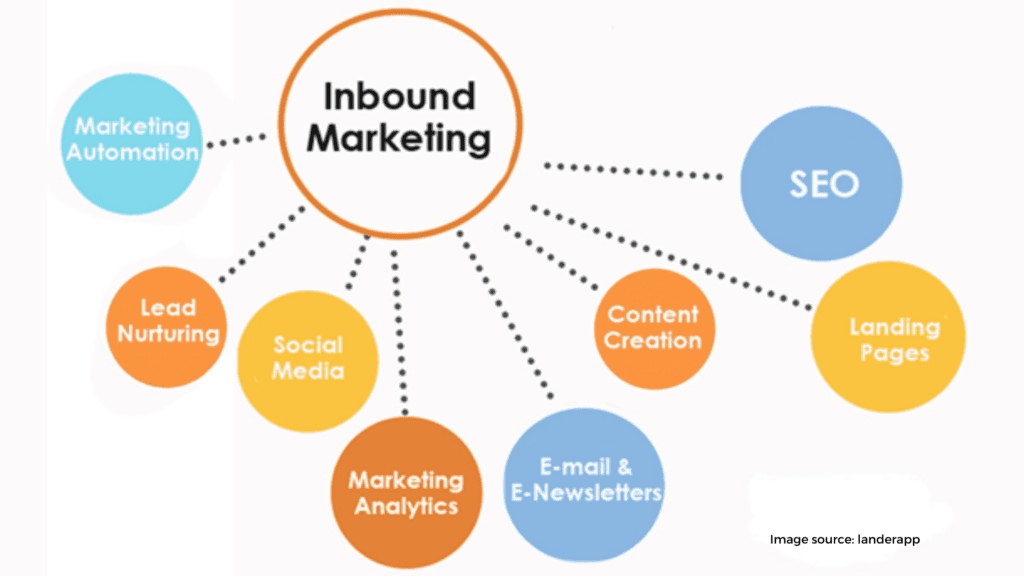
5.Inbound marketing
Inbound marketing deepens customer relationships over time by building trust and delivering value through various digital tactics. It’s no surprise that content marketing has become one of the most popular digital marketing strategies. When you provide valuable, useful information in a timely manner, your customers come to you rather than you going out to them. That is why this strategy is known as inbound marketing.
For example, if you own a healthcare-related business and want to offer information about it on your website, post blog entries about such issues. Customers interested in these subjects are encouraged to go to your site because they came of their own accord, which means they tend to have a favorable impression of your company.
Inbound marketing also improves the SEO of your website. In addition, providing thought-provoking material establishes you as an expert in your field. Inbound marketing also increases your company’s reputation since it improves consumer trust and goodwill when they perceive you as a valuable resource ahead of time.
Tips for using inbound marketing
Follow these steps to make the most of your inbound marketing efforts:
- Provide quality content: Inbound marketing is only effective if the material provides value to customers. It’s possible that you’re not a specialist in article writing. Rather than attempting to create an essay, consider creating a video or conducting a webinar instead. It will automatically provide the level of quality sought by clients by using the kind of material you are most comfortable with.
- Use software to nurture leads: Customers come to you for helpful, informative material, and you need a method for nurturing and tracking these leads as they progress through the sales funnel. Adopt a CRM to assist with this process. Automation software such as HubSpot CRM offers automated routines that nurture your leads.

6.Mobile marketing
Small enterprises can benefit greatly from mobile marketing. It allows you to dig down to a particular client and deliver your message in the most intimate setting possible today, a customer’s mobile phone.
Mobile marketing has several advantages. Because nearly all consumers have mobile phones, you may reach a broad audience. Mobile use is also associated with a feeling of urgency. Consumers search for a company like yours on their phone because they have an immediate need to decide where to eat lunch.
With mobile marketing, you increase consumer knowledge of your firm at the time when they require it most.
Tips for using mobile marketing
Follow these tips to reap the rewards of this underused marketing strategy:
- Use mobile apps: Small business owners may use popular mobile apps to get their companies in front of consumers in the area. Customers, for example, look to Yelp to learn about a variety of enterprises ranging from restaurants to attorneys. Ensure that your company appears on these apps (most of them allow you to submit basic business information for free). Consider advertising in a prominent location within the app for the inclusion of your company listing.
- Apply retargeting: Retargeting is an ad-targeting function that allows you to display your ads only to people who have previously visited your website but did not complete a transaction. You use retargeting to gently remind them of your products, which helps you re-engage them in your business. This is a service that many businesses, including Google, offer. One advantage of retargeting is that it works on every device and displays your reminder ad regardless of where the consumer is.
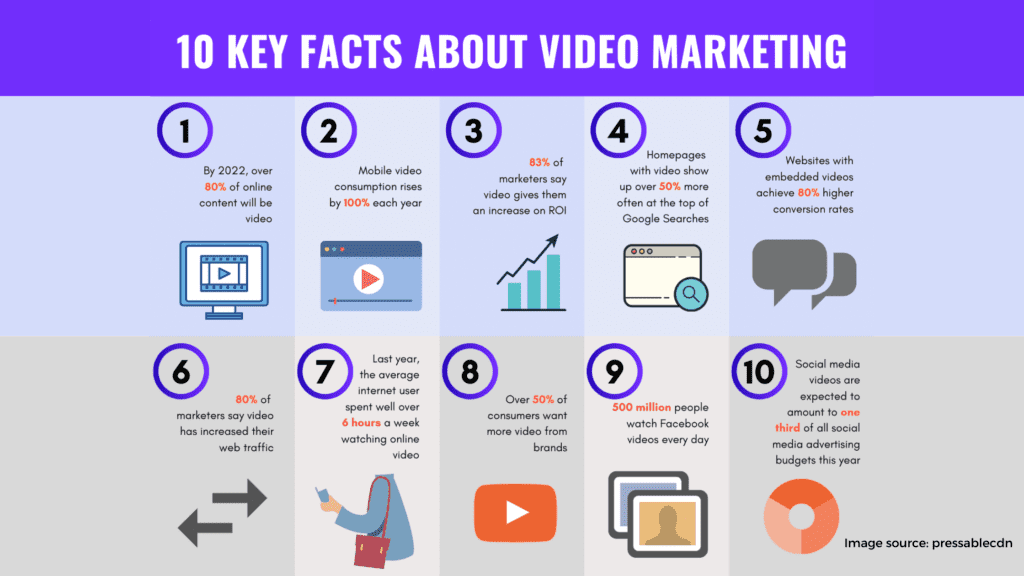
7.Video marketing
Video consumption is at an all-time high, and people watch videos to help them make purchasing decisions. When you consider that more than 50 percent of us are visual learners, it’s easy to see why. Therefore, a video that explains the product or service in more depth, as well as images to illustrate the value received, is useful for potential customers.
A B2B service, like an accounting firm or software business, may appear stuffy, so create an emotional film about your company’s history to humanize it.
Tips for using video marketing
Creating an online video does not require expensive equipment any longer. Your phone may suffice. Here are some more ideas for making video marketing effective for you:
- Be yourself: While you want a loose script in order to keep the video concise, being yourself is the most important thing. Consumers seek to relate to companies as people, so being pushy may be against that.
- Leverage YouTube and Facebook: YouTube is an excellent location to launch an online video commercial since it is one of the most popular platforms for watching video content in the world. That said, don’t overlook Facebook. With Facebook video advertising available, combine your other social media efforts with a video ad on Facebook.
- Make it entertaining: The video advertisement is most effective when it’s both interesting and brief. Depending on the subject, keep your video under a minute in length. It is still possible to create a fun, witty, or exciting film that captures your audience’s attention even with such a restricted time frame.
Final advice for marketing a small business
Marketing is an experimental process. First, choose a strategy and test it. Use marketing metrics like ROI to evaluate the impact of your strategy to ensure that you meet your objectives.
If your strategy isn’t achieving the conversion rates you want, next time, try something else. The advantage of marketing for small businesses is that it may be inexpensive enough to let you experiment without heavy financial risk until you reach your goal.



